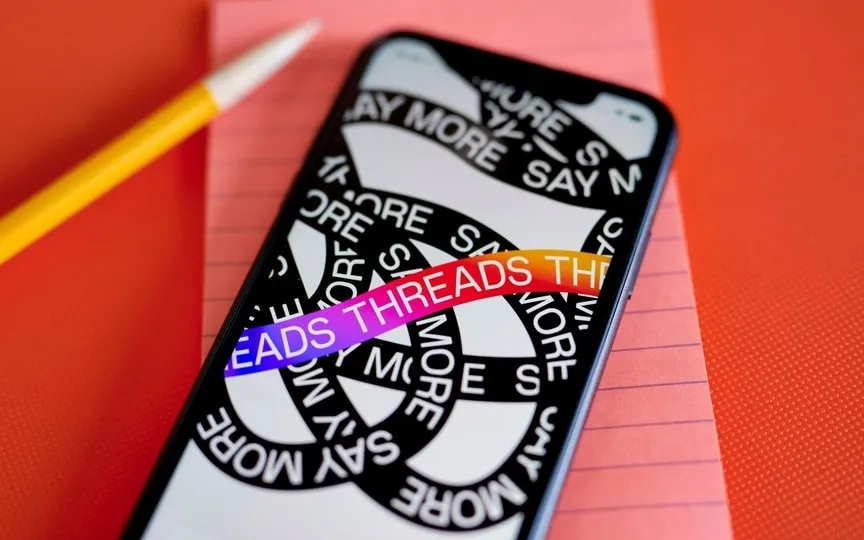Threads begins trials of ActivityPub integration for fediverse; Understand its functionality, mechanics, and the challenges it poses
Two days ago, Mark Zuckerberg, the CEO of Meta, announced that Threads is currently undergoing testing to make its posts available on Mastodon and other platforms that support the ActivityPub protocol. However, achieving full compatibility with the entire fediverse may take some time, as Adam Mosseri, the head of Instagram, has pointed out several crucial issues that need to be resolved. If you find some of the terms mentioned unfamiliar, you’re not alone. The latest trend in social media platforms remains comprehensible only to the most dedicated tech enthusiasts. Therefore, let us simplify and explain these terms, their functionality, significance, and the challenges they present.
ActivityPub and fediverse
Also known as the Fediverse (a portmanteau of federate and universe), this decentralized feature is seen as the next logical step in creating a platformless social media experience. Consider the following scenario.
Maybe you like a group of people you connect with on a social media platform and would like to see their posts, but the platform either has a weird algorithm that recommends posts you’re not interested in, or lacks some of the features you want, or you’re not a fan of its moderation policy. In the days of Facebook, Twitter and Instagram, you were kind of stuck and the only option you had was to create a whole new profile on a new platform and start over, whether it was adding posts or new friends or filling out your bio. . With years of data stored on each platform, it also served as a deterrent to people exploring new social media platforms.
But this is no longer the case with the federated framework. This new protocol, called the ActivityPub protocol, is an interoperable system where user data is not only stored on one platform, but is democratized among all the platforms the user wants to be on. Ultimately, it is the user who is in full control of their data, not the platform.
The protocol allows you to use your profile as an independent domain to share it even further. So all your messages, photos, friends, basically all your data is stored on this domain. You can simply use this domain link, add it to another website and start using it. The site accepts your information and fills in all the information, adds your message history and adds all your friends who use the platform. And you can start using the site as if you’ve been using it for years.
What is happening to fediverse platforms?
Platforms like Threads, Mastodon and other similar players act as a moderator instead of an owner. They focus on improving the platform’s features and creating more user-friendly policies, which can be either based on security or freedom of speech. Based on what’s available, users can choose the platform they want to be on and stay there.
Platforms benefit from this model as it allows them to tap into a huge user base that they can then entice to try out their platform. This way, Threads can try to entice users of Mastodon and other platforms to try to touch the numbers of X (formerly Twitter) sometime.
You can imagine this system looking like several trading places. Consumers gather and choose the store they want, and if they don’t like it, they go with their money to another store. Stores try to attract customers to their stores and try to keep them as long as possible to get more money from them.
So what are the challenges?
Mosseri published a series of posts to highlight the challenges with this model that Threads is currently facing. He said: “For those of you who don’t know, @Threads is built on the ActivityPub protocol, which means it will be interoperable with other apps/servers like Mastodon over time. This week we took a small but important step by letting the folks at fediverse, who don’t use Threads or don’t even have an Instagram account to follow my Threads account and a few others. Content will start flowing from Threads to Fediverse.”
“We’re working to bring this option to all Threads public accounts, not just a handful of testers. We’re starting small to make sure we have time to work through all the challenges, as our systems have historically not been designed for this use case,” he added.
Mosseri explained that some of the challenges they’re currently facing include making sure responses in Threads show up seamlessly in Mastodon and vice versa, and that’s currently a “bad experience.” Another challenge is supporting Threads users to follow Fediverse accounts so content can flow from Fediverse back to Threads. This is where the issue of privacy and security comes into play. Threads is also trying to figure out this problem.
So when can we expect the federated experience to begin? Mosseri believes that all this will take most of the year and will be implemented in stages. So by the end of 2024, this new concept may become a reality for internet users.




